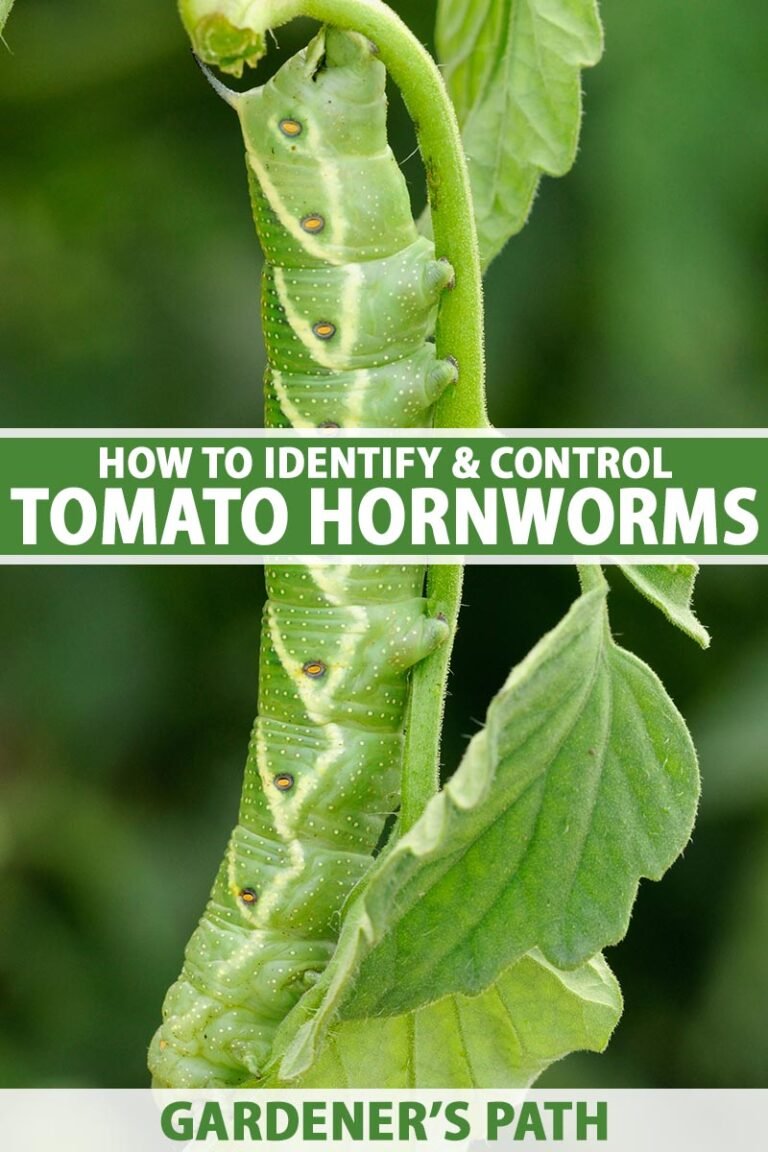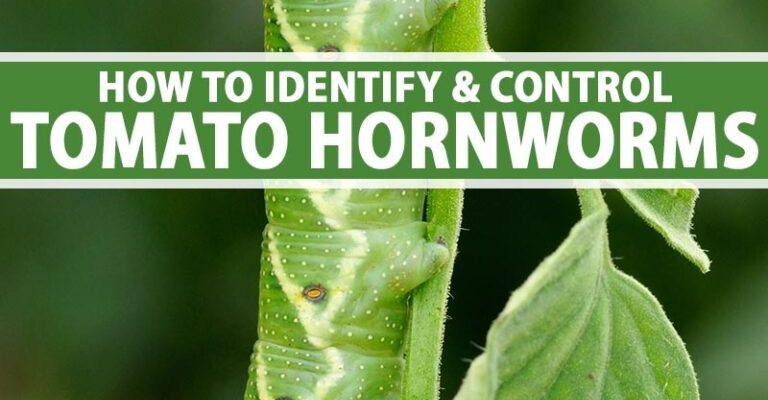
When it comes to dealing with hornworms, you have a range of options that respect the delicate balance of your garden’s ecosystem. Think of it like navigating a tightrope; you want to eliminate the threat without sending those precious pollinators into a panic. You might have heard about various methods, from natural predators to organic sprays, but knowing what works best and how to apply these techniques can make all the difference. In this article, we’ll explore practical strategies to keep those hornworms at bay while ensuring the bees can continue their essential work in your garden.
Understanding Hornworms: The Garden Villains
Hornworms, particularly the tobacco hornworm and the tomato hornworm, are the caterpillar stages of certain moths. These little guys can grow quite large and, if left unchecked, can decimate your tomato and pepper plants in just a few days. They’re the ultimate garden villains, capable of turning your flourishing plants into sad, wilted reminders of their glory days. But before you reach for any harsh chemicals, it’s important to understand their behavior and life cycle.
These caterpillars are primarily green, which helps them blend in with the leaves, making them tricky to spot. They feast on your plants during the day and are typically more active at night. You might be wondering, “How do I even find them?” One approach is to look for the telltale signs: stripped leaves, droppings on the ground, or even the hornworm itself, which can often be disguised among the foliage. You might find it helpful to check your plants regularly, especially if you notice any damage.
Another aspect to consider is the hornworm’s life cycle. They start as eggs laid by adult moths, and once they hatch, they enter that ravenous caterpillar stage. Understanding this cycle can help you time your interventions effectively. If you can catch them early enough, your job becomes a whole lot easier.
Naturally Deterring Hornworms
When it comes to protecting your plants without harming bees, there are plenty of natural deterrents you can try. Many gardeners swear by natural solutions that rely on ingredients you might even have at home. For instance, using a **strong spray of water** can help dislodge the hornworms from your plants without harming the bees nearby. It’s a gentle and effective way to keep the little munchers at bay.
Another natural method is to introduce beneficial insects into your garden. You might have heard of ladybugs and lacewings; these critters are not just cute but also voracious eaters of hornworms. By encouraging their presence, you create a more balanced ecosystem. You can attract these helpful insects by planting flowers, like dill or sweet alyssum, which provide food and shelter for them.
Additionally, consider planting **companion plants**—plants that repel hornworms and other pests. Some gardeners find success with marigolds or basil, which can help keep unwanted visitors away while still allowing bees to do their thing. It’s a win-win situation!
Using Organic Pesticides Wisely
If the natural methods aren’t cutting it, you might need to step it up with organic pesticides. But don’t worry! The right ones are safe for bees and other beneficial insects. Products made from **Bt (Bacillus thuringiensis)** are particularly effective against hornworms. Bt is a naturally occurring bacteria that paralyzes the digestive systems of caterpillars but is harmless to bees and other wildlife.
When applying any kind of pesticide, timing is crucial. Try to spray in the evening when bees have returned to their hives. This way, you minimize any risk to your buzzing buddies while still effectively dealing with those hornworms. Always follow the instructions on the label carefully to ensure you’re using the product safely and effectively.
You might also explore insecticidal soaps and neem oil. Both can provide relief from pest problems without causing harm to bees when used correctly. Just remember, it’s always best to do a patch test on a small area of your plants before going all-in.
Handpicking: The Old-School Way
Let’s not forget the tried-and-true method of handpicking. Yes, it can be a bit tedious, but nothing beats the satisfaction of seeing those hornworms go. Take some time in the morning or late afternoon when they’re most active. Wear gloves if you’d like, and just gently pluck them off your plants.
You can toss them into a bucket of soapy water to ensure they’re done for, or you could even offer them to your chickens if you have any. It’s a surprisingly effective way to control their population—you get to keep your garden healthy while giving a tasty treat to your birds!
Keep in mind that if you decide to go this route, you’ll need to be diligent and check your plants regularly. Even a few missed hornworms can lead to a bigger problem down the road.
Creating a Balanced Ecosystem
As much as we want to control hornworms, it’s crucial to focus on creating a balanced ecosystem in your garden. This means that while you’re working to manage hornworms, you also want to support bees and other beneficial insects.
Plant a variety of flowers that bloom at different times to attract pollinators throughout the growing season. Think sunflowers, lavender, and zinnias—all of which can provide food and habitat for bees while keeping the atmosphere buzzing with activity.
Another aspect of balance comes from maintaining healthy soil. Healthy plants are naturally more resistant to pests. You might consider practices like adding compost, mulching, or rotating crops to improve soil health. The stronger your plants are, the less inviting they will be to hungry hornworms.
Emphasizing this balance not only helps with current pest problems but sets your garden up for long-term success!
Monitoring and Maintenance: Prevention is Key
Prevention is always better than a cure, right? Keeping a close eye on your plants can save you a lot of headaches down the line. Regular monitoring can help you spot any hornworm activity early before they have a chance to get out of hand.
Additionally, encourage a diverse population of insects in your garden. An “insect hotel” filled with sticks and straw can attract beneficial bugs. The more diverse your garden’s ecosystem is, the more natural pest control you’ll have on hand to deal with hornworms and other unwanted visitors.
After dealing with any hornworm issues, don’t forget to clean up fallen leaves and debris where moths might lay eggs. Keeping your garden tidy not only makes it look better but also reduces the chances of future infestations.
In conclusion, while hornworms can be tough to manage, there are plenty of ways to control them without harming our essential pollinators. Whether you use natural methods, organic pesticides, or simply handpick them, the key is to approach the problem thoughtfully. By creating a balanced ecosystem, you can enjoy a flourishing garden that’s both hornworm-free and buzzing with bees, making your gardening experience that much more rewarding. So grab your gloves and get started, knowing that both your plants and the bees will thank you!

